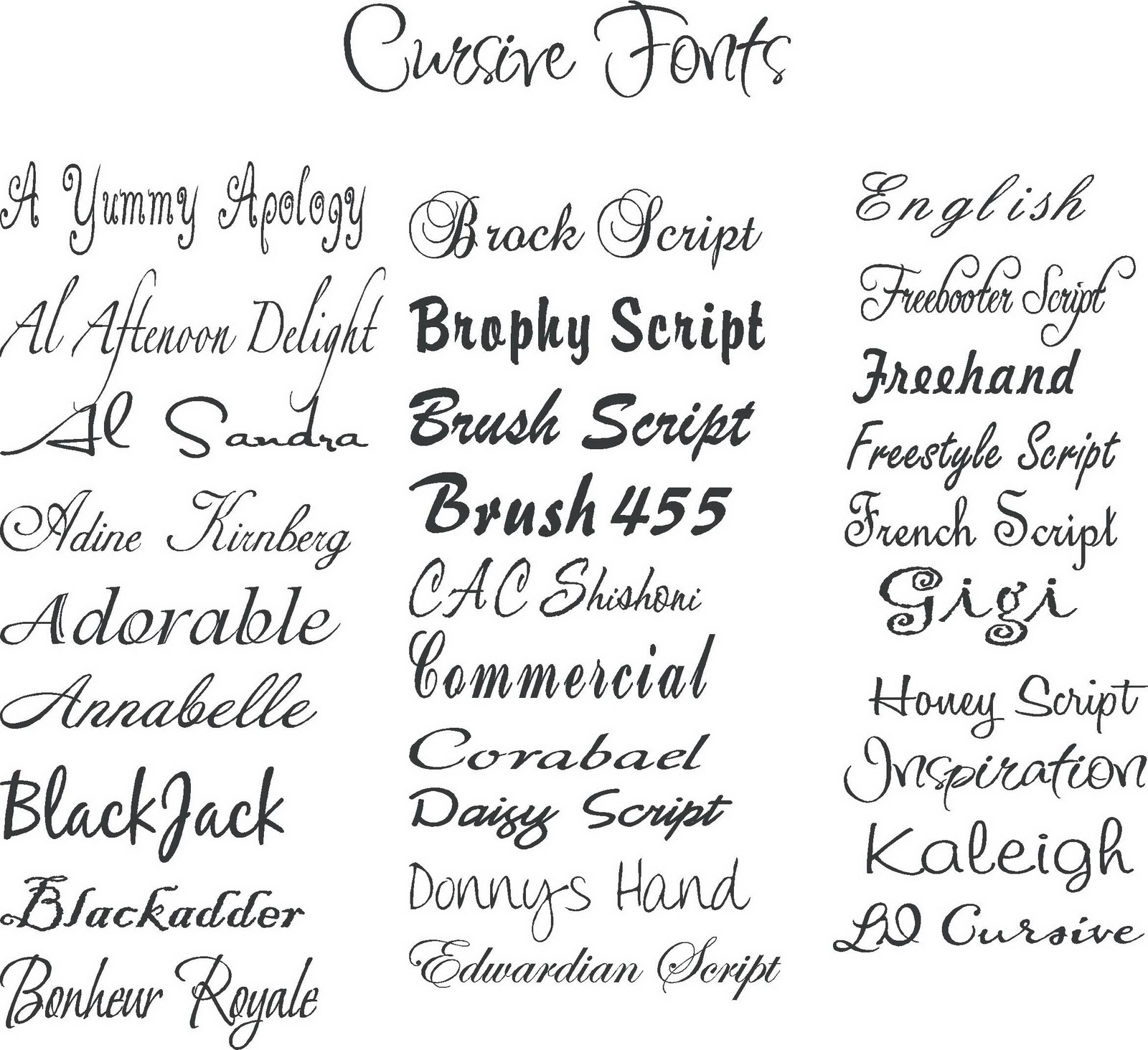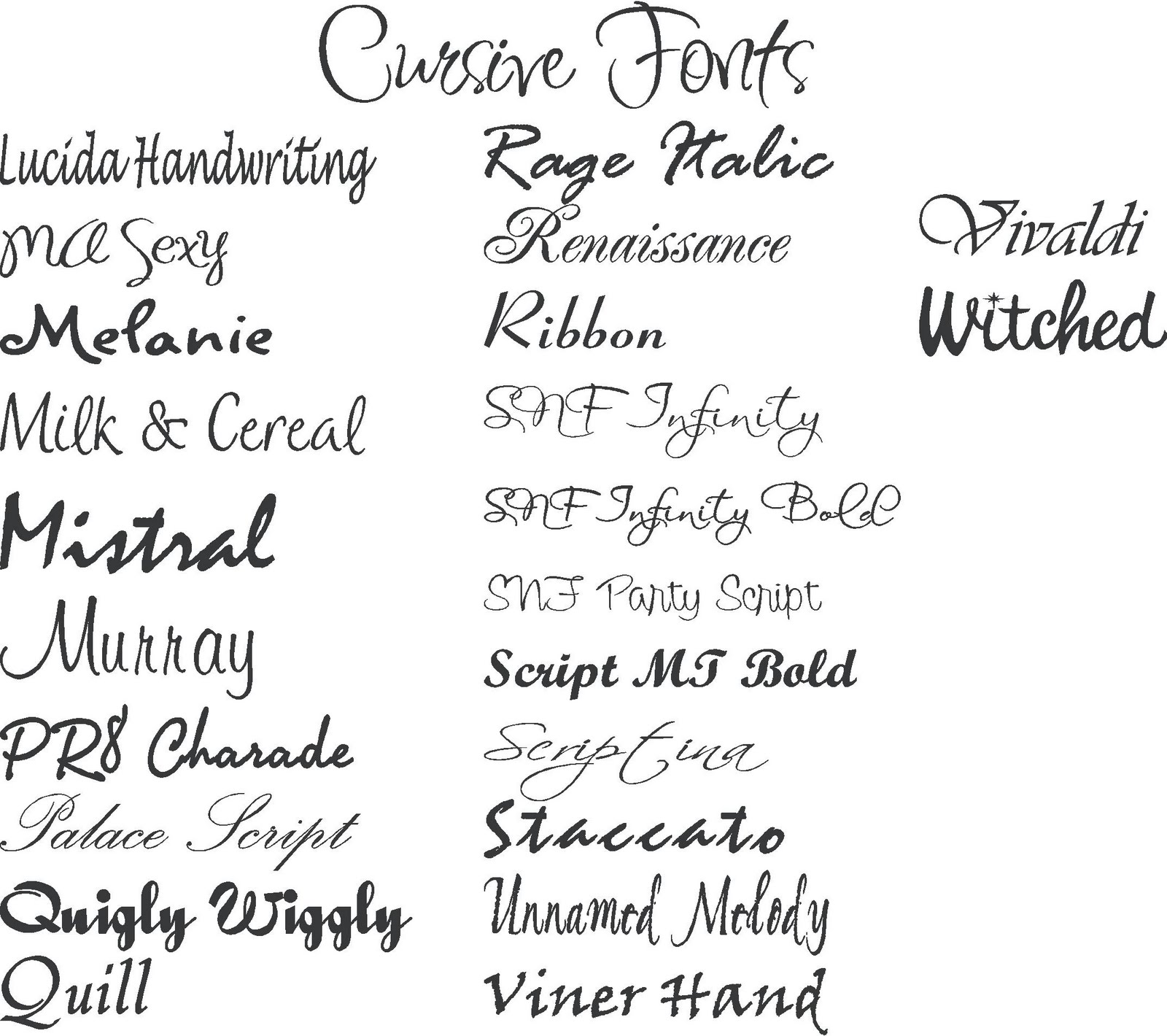Decoding the Art of Digital Script: A Deep Dive into Handwriting Fonts
In the ever-evolving landscape of digital typography, handwriting fonts have emerged as a powerful tool for designers, marketers, and anyone seeking to inject a touch of personality and authenticity into their work. From elegant cursive scripts to playful, whimsical lettering, these digital typefaces offer a unique way to bridge the gap between the handwritten word and the digital screen.
But what exactly are handwriting fonts, and why are they so important? Simply put, these font styles mimic the look and feel of handwritten text, offering a wide range of aesthetic options, from formal calligraphy to casual, everyday handwriting. Their significance lies in their ability to create a sense of intimacy and personal connection, making digital content feel more human and relatable. Imagine receiving a digital invitation that appears to be handwritten – the impact is far greater than a standard, typed font.
The history of handwriting fonts is deeply intertwined with the evolution of typography itself. Early typefaces often sought to emulate calligraphic styles, reflecting the importance of handwritten communication in pre-digital times. With the advent of digital technology, designers gained the ability to recreate these handwritten styles in a scalable and reproducible format, opening up a world of possibilities for digital creatives.
One of the main issues surrounding handwriting fonts is finding the right one for a specific project. The sheer variety of styles available can be overwhelming, ranging from classic cursive scripts to more modern, brush-lettered options. Understanding the subtle nuances of each font, including its weight, slant, and overall aesthetic, is crucial for effective implementation.
Another challenge is ensuring readability. While some handwriting fonts are designed for elegance and flourish, others prioritize clarity and legibility. Striking a balance between aesthetics and readability is key to successful design. This often involves careful consideration of font size, spacing, and the surrounding visual context.
Benefits of using handwriting fonts include enhanced visual appeal, increased brand personality, and improved engagement. For example, a lifestyle blog might use a casual, handwritten font for its logo and headings to create a sense of approachability and authenticity. A wedding invitation might opt for a more elegant, calligraphic script to convey sophistication and romance.
Choosing the right font involves understanding the project's tone and target audience. A playful, handwritten font might be appropriate for a children's book, while a more formal script would suit a corporate website. Consider creating a mood board to explore different font options and visualize how they will look in context.
Several online resources offer vast collections of handwriting fonts. Websites like Google Fonts, FontSpace, and DaFont provide a wide range of free and premium options, allowing designers to experiment and find the perfect fit for their projects.
Advantages and Disadvantages of Handwriting Fonts
| Advantages | Disadvantages |
|---|---|
| Adds a personal touch | Can be less readable than standard fonts |
| Enhances visual appeal | Overuse can appear unprofessional |
| Creates a sense of authenticity | May not be suitable for all projects |
Best Practices:
1. Pair handwriting fonts with simpler fonts for balance.
2. Use sparingly for emphasis.
3. Ensure readability at different sizes.
4. Test fonts on different devices.
5. Consider the overall brand identity.
Examples:
1. Pacifico
2. Satisfy
3. Dancing Script
4. Allura
5. Sacramento
Challenges and Solutions:
1. Readability: Choose fonts with clear letterforms.
2. Overuse: Use sparingly for maximum impact.
3. Licensing: Ensure fonts are licensed for commercial use.
4. Accessibility: Provide alternative text for screen readers.
5. Technical limitations: Ensure font compatibility across different platforms.
FAQ:
1. What are handwriting fonts? Fonts that mimic handwriting.
2. Where can I find free handwriting fonts? Websites like Google Fonts.
3. How do I install a font? Follow the instructions provided with the font file.
4. Are all handwriting fonts free? No, some are premium.
5. Can I use handwriting fonts for commercial projects? Check the license agreement.
6. How do I choose the right handwriting font? Consider the project's tone and target audience.
7. What are some popular handwriting fonts? Pacifico, Satisfy, Dancing Script.
8. How can I improve the readability of handwriting fonts? Adjust font size and spacing.
Tips and Tricks:
Experiment with different font pairings to create unique visual combinations. Use handwriting fonts strategically to highlight key elements and create visual interest. Test your designs on different devices to ensure optimal display.
In conclusion, handwriting fonts are a valuable asset in the designer's toolkit. They offer a unique way to infuse digital content with personality, warmth, and authenticity. By understanding the nuances of different handwriting font styles and implementing them strategically, designers can elevate their work and create compelling visual experiences. Choosing the right handwriting font can transform a design from mundane to memorable, creating a lasting impression on the audience. Explore the vast world of digital script, experiment with different styles, and unlock the power of handwritten typography to enhance your creative projects and connect with your audience on a more personal level. Take the time to carefully consider your project's goals, target audience, and overall aesthetic, and choose a handwriting font that resonates with your vision. The right font can be the key to unlocking a truly engaging and memorable design.
Bridging the divide sockets that fit both sae and metric
Unleash your inner storyteller the magic of free character model creators
Imagining the future the art of sci fi clothing concept art














